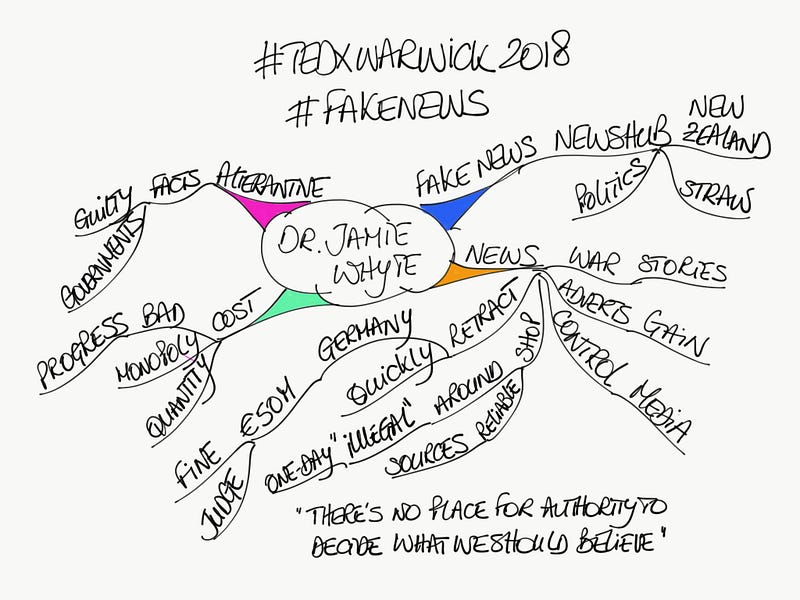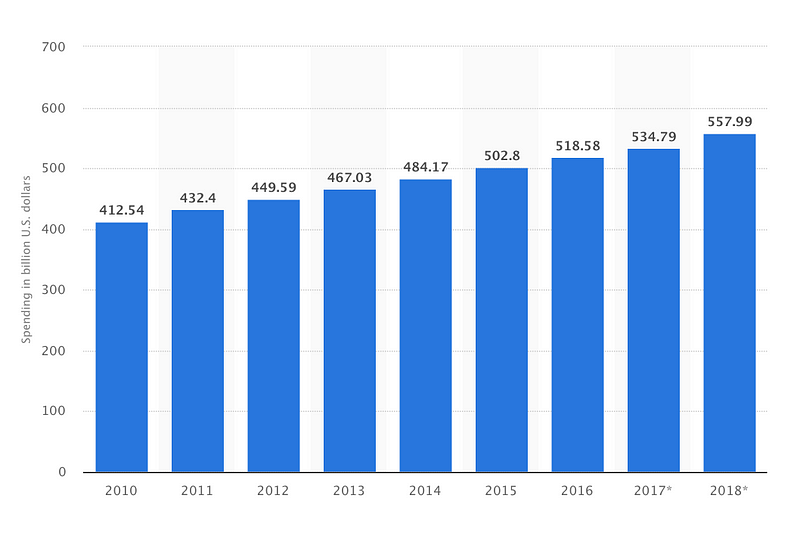
Can we still trust our journalists? We’re all exposed to news, whether on TV, the web, social media, newspapers and digital news. But how do we know that anyone is actually telling the truth?
Everyone is desperate to get more eyes on their publications and in the main this is for one single reason. Advertisers revenue. Advertisers revenue is how news channels survive. Sure the BBC may be an exception to that rule and after all everyone with a TV, probably most these days has to be a licence for the privilege to watch the BBC.
So apart from them (BBC) everyone else needs to earn a revenue in order to pay their workers and keep them in jobs. So desperate are news channels these days that they are probably willing to risk a few bad stories in order to pull in the punters.
Dr. Jamie Whyte is a Director of Research at The Institute of Economic Affairs (IEA), a free market think tank, based in London and his TEDxWarwick 2018 talk was very revealing. A news channel in Germany have already been fined for their fake news.

They need to prove to their advertisers that their site or publication is the most active or popular in terms of eyeballs and as such they will need to get those punters (us) into their world.
There’s nothing better than a well thought out and sensational headline to grab our attention. We think we’re just clicking through to an innocent and factual story but in fact we’re all pulled into an advertising multi billion industry that pays many workers to keep spewing out garbage every single day.
The total global advertising spend in 2018 is forecasted to be $558 billion, that’s half a trillion!

Happy advertising!